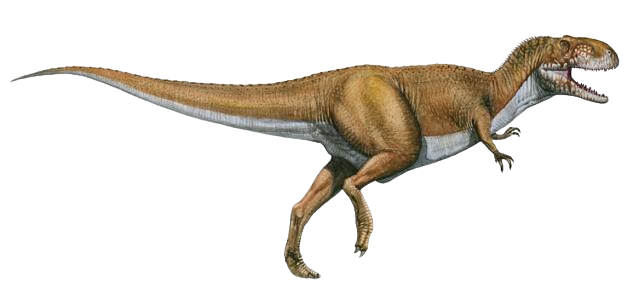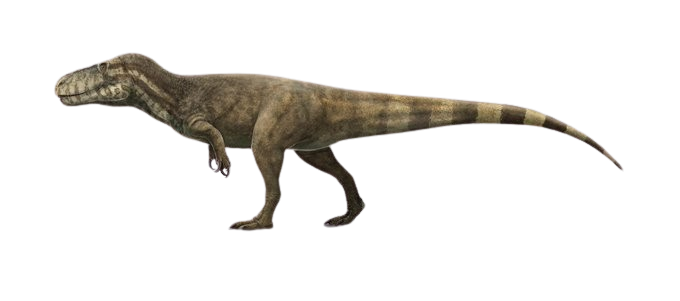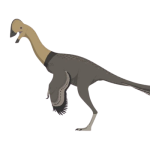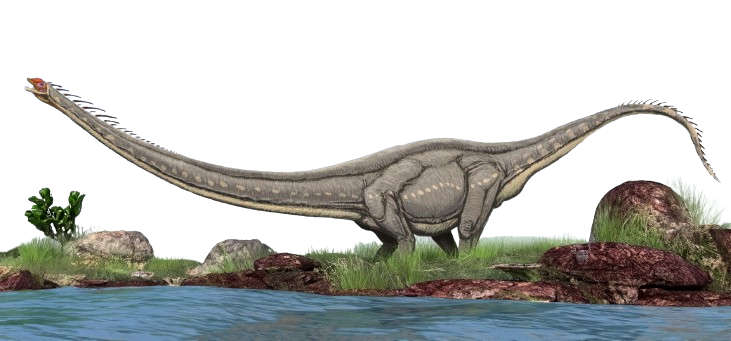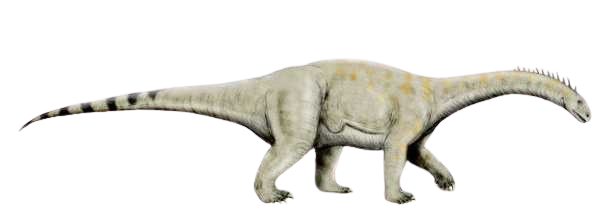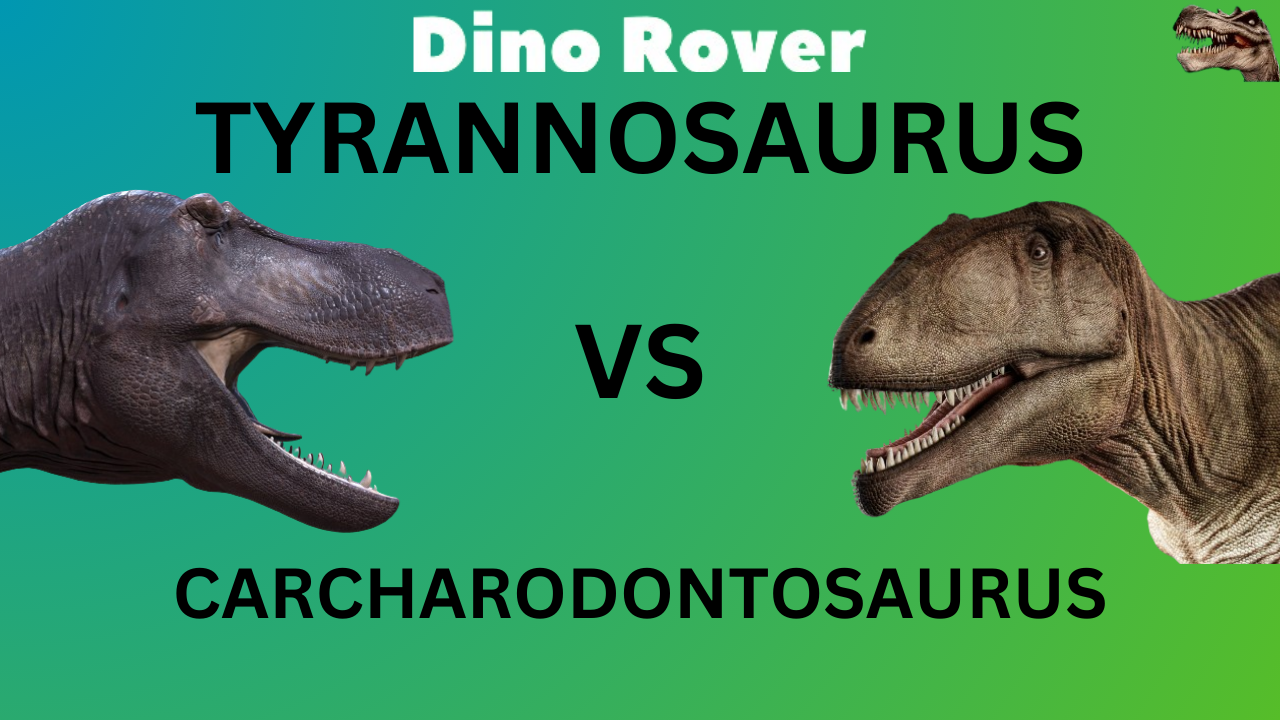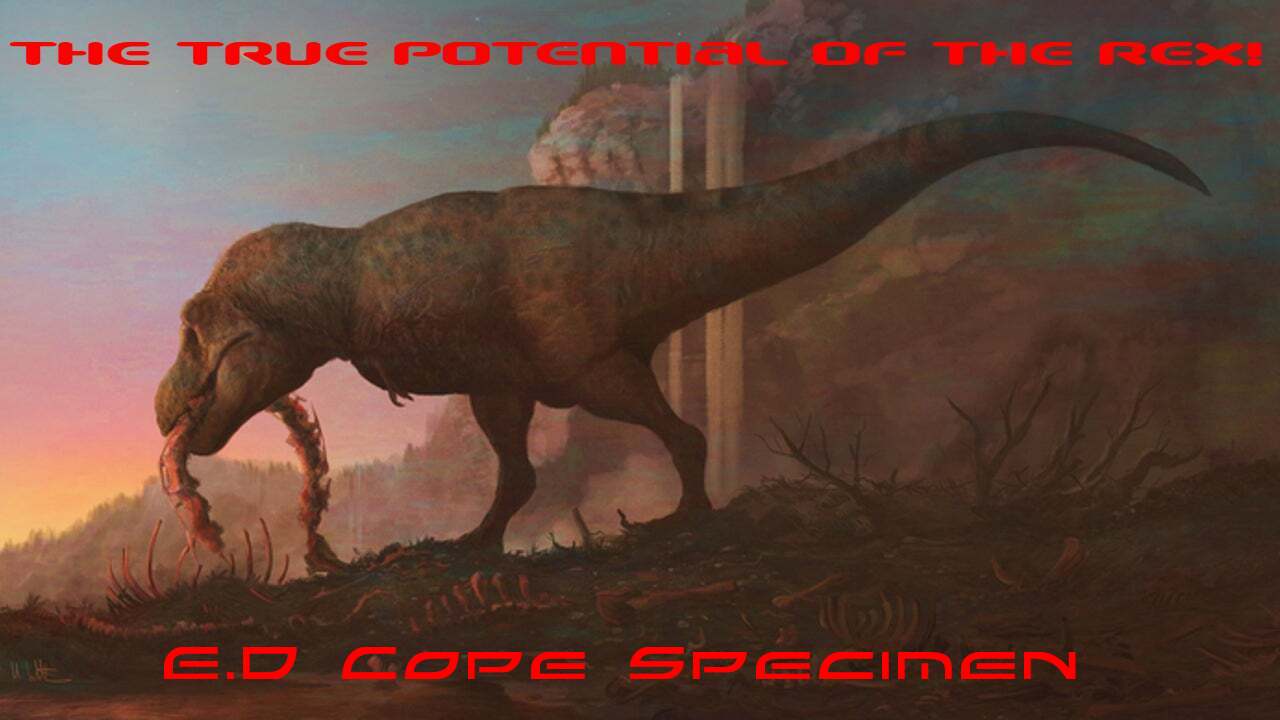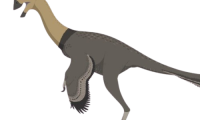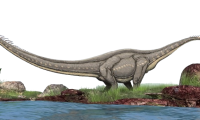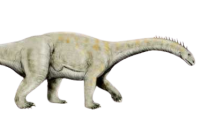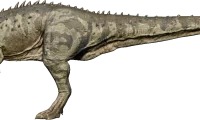Unraveling the mysteries of India’s prehistoric past reveals a fascinating array of dinosaurs that once roamed the subcontinent. While it might be surprising to some, India was indeed home to formidable and powerful dinosaurs. Among them stands the majestic Rajasaurus, a name that itself exudes authority, with “Raja” signifying Rex or King and “Saurus” denoting Reptiles or Lizards. Translated, it becomes the “King Lizard,” a fitting title for one of India’s largest carnivorous dinosaurs.
Rajasaurus was a formidable predator, stretching between 25 to 30 feet (7.6 to 9 meters) in length and standing at an impressive height of about 8 feet (2.4 meters). Its dominance in the region was highlighted by its diet, which included both carnivorous dinosaurs like Compsosuchus and Pradhania, as well as herbivorous giants like Kotasaurus, Isisaurus, and Barapasaurus.
In the complex ecosystem of prehistoric India, Rajasaurus faced fierce competition from other formidable dinosaurs, such as Orthogoniosaurus, Dahalokely, and Indosuchus. These clashes weren’t merely for survival but also for securing precious food resources and territorial dominance. Among its challengers were Dravidosaurus, a true relative of the Stegosaurus, and Brachypodosaurus, an Indian counterpart to the Ankylosaurus. These competitors possessed unique adaptations, some capable of swiftly neutralizing the threat of the Rajasaurus with a single swipe of their powerful features.
Studying these interactions provides us with a glimpse into the dynamic and intricate web of relationships that existed among dinosaurs in ancient India. Each species, with its distinct features and adaptations, played a crucial role in shaping the ecosystem and influencing the evolutionary path of these creatures. As paleontologists, our ongoing research endeavors aim to uncover more about the lives and interactions of these prehistoric giants, shedding light on a chapter of Earth’s history that continues to captivate our imagination.


